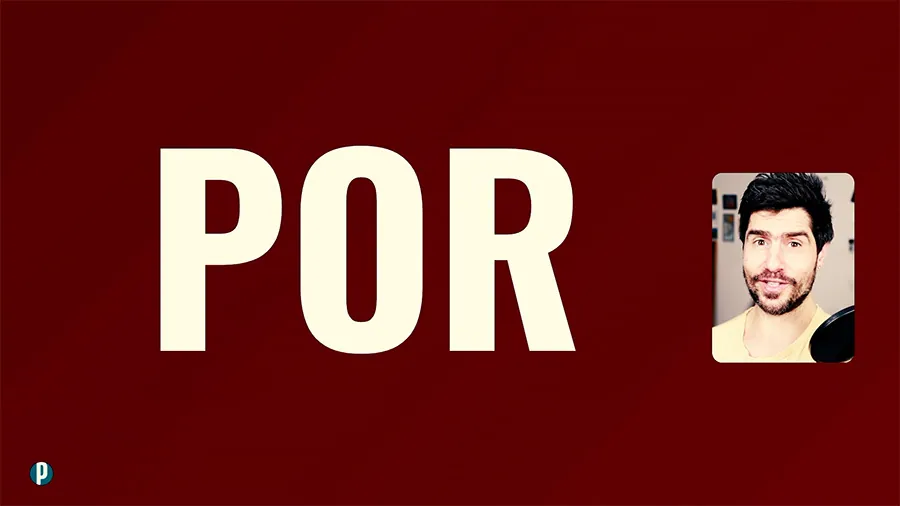
Para vs. Por in Portuguese – When to Use Either
Language learners often get confused by the Portuguese prepositions para and por. While it is true that both are prepositions of movement, we use them under different circumstances.
So, what’s the difference between para and por?
Shortly, para indicates movement emphasizing direction and final destination, whereas por suggests a passing-by motion and itinerary. While the former often corresponds to the English preposition to, the latter corresponds to either by or through:
| Para Esta camioneta vai para Lisboa. This bus goes to Lisbon. Por A camioneta passa por Leiria. (a caminho de Lisboa) The bus passes by Leiria. (on its way to Lisbon) |
There’s more to it. Read on.
Portuguese learners also struggle to understand when to use para and a. If you are one of them, read this: Portuguese Prepositions “Para” vs. “A”: Know When to Use Either.
Para
Movement
| Ele foi para a escola. He went to school. Este avião vai para a República Checa. This plane is bound for the Czech Republic. |
Purpose
| Eu estou a estudar para arranjar um bom emprego. I am studying to get a good job. |
Recipient

Olá! I'm Pedro and I'm your Portuguese teacher.
Ready to unlock the beauty of European Portuguese? Portuguesepedia is your key! This all-in-one platform provides a wealth of learning resources, from bite-sized video lessons to immersive idiomatic dips. Perfect your pronunciation and aural comprehension with listening drills and solidify your grammar with in-depth articles. Start your Portuguese journey today!
Share this article
Get my guide "Key Strategies to Learn Portuguese" for FREE.

